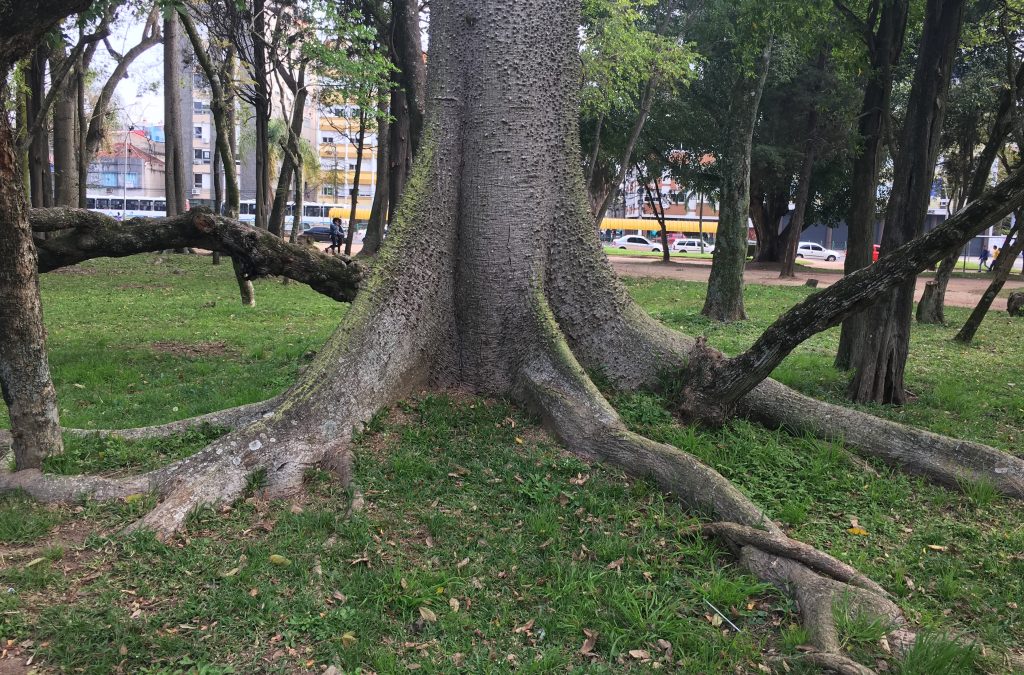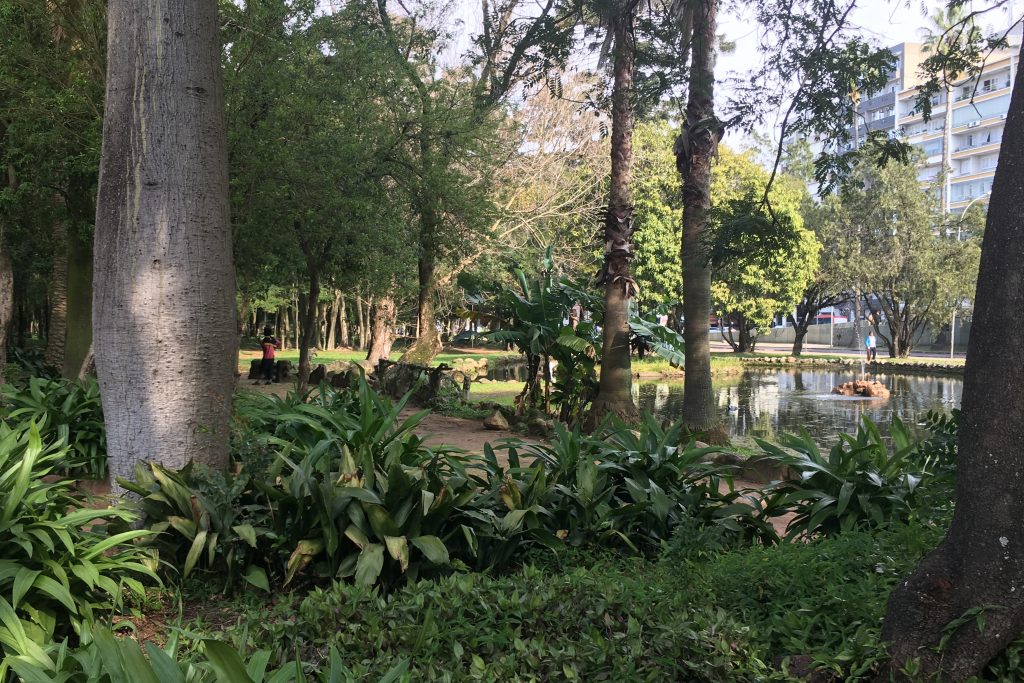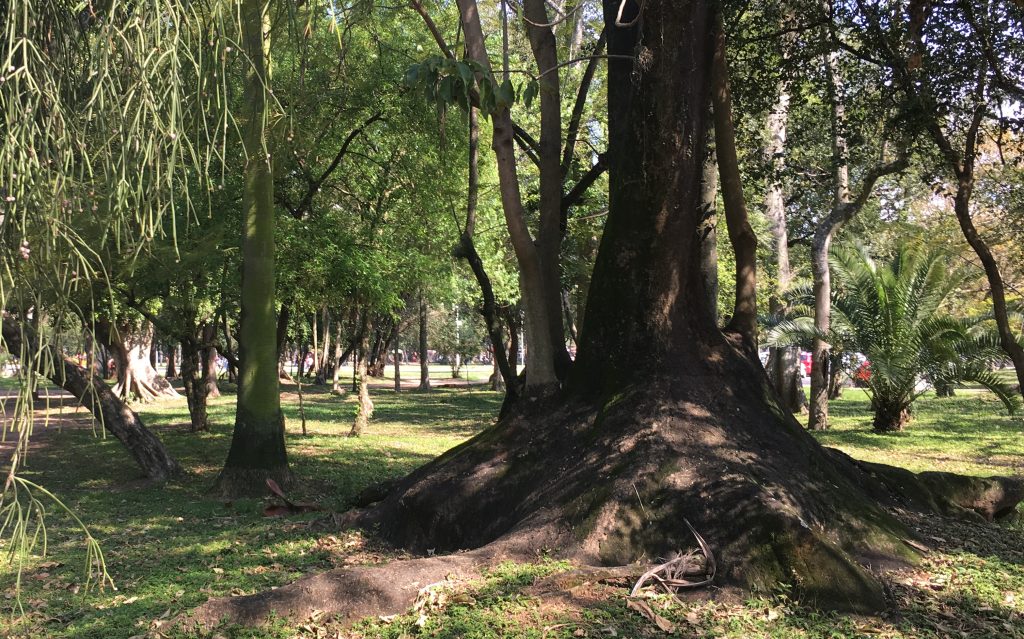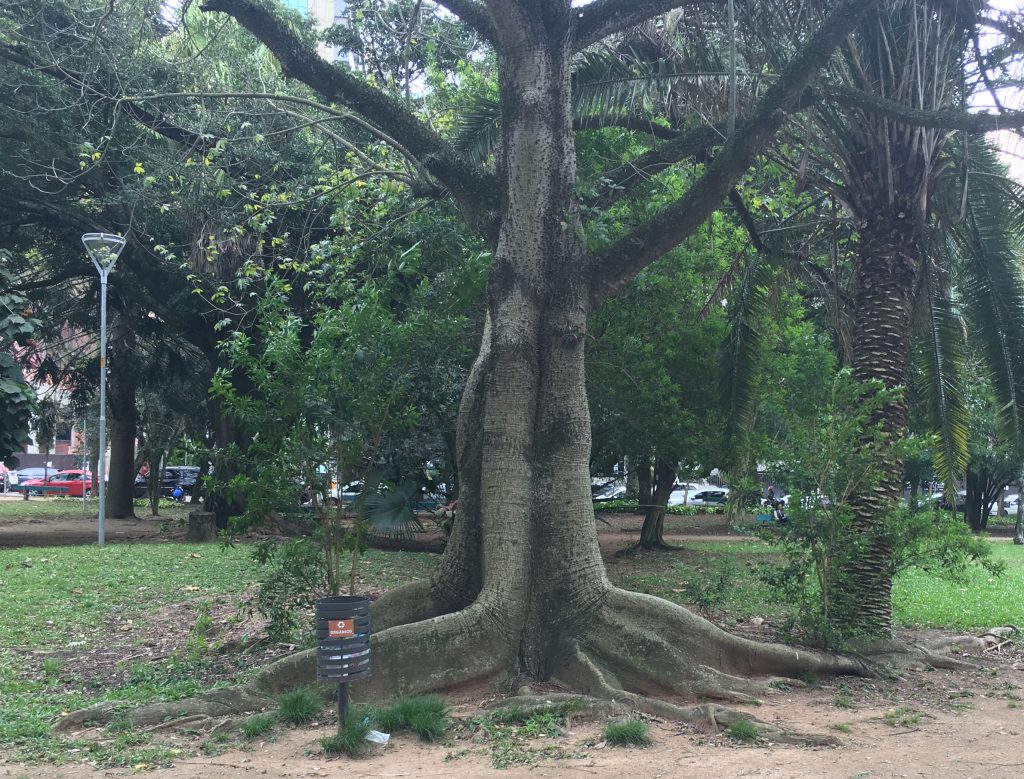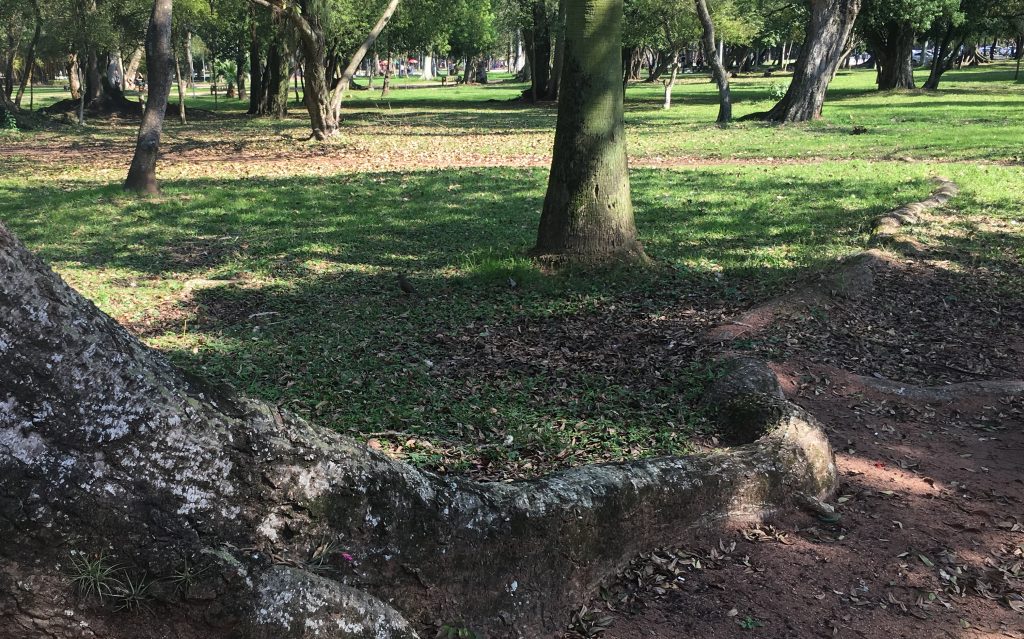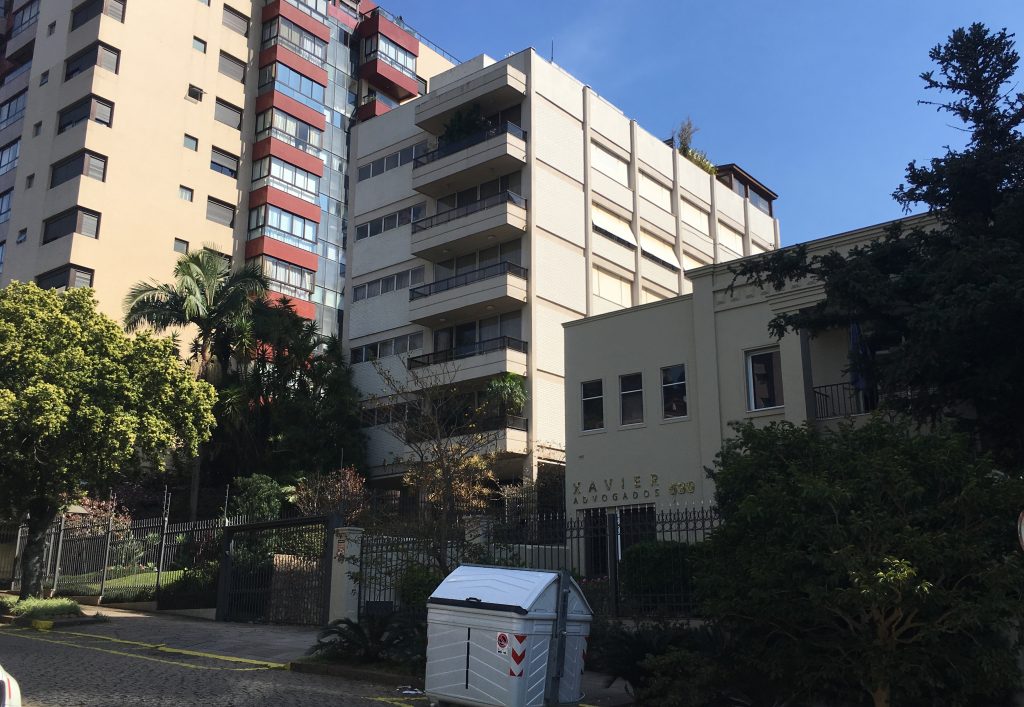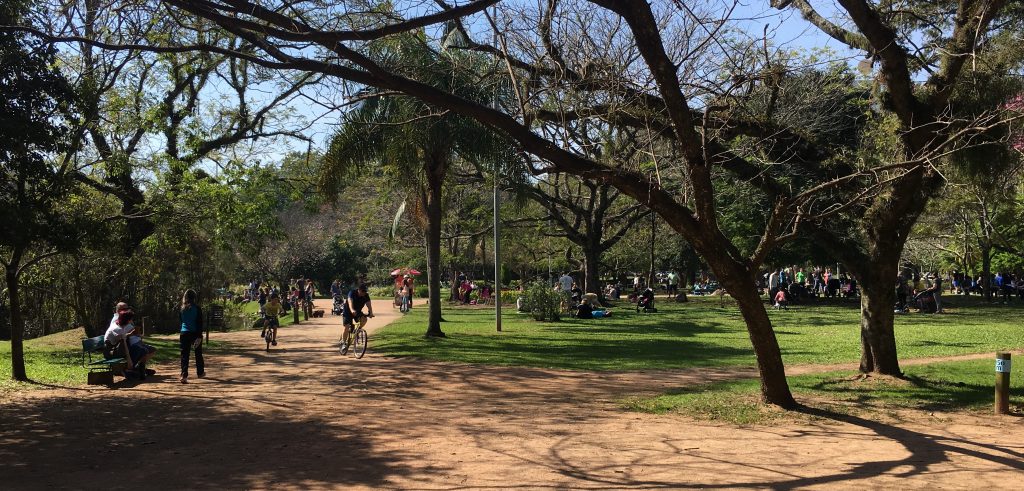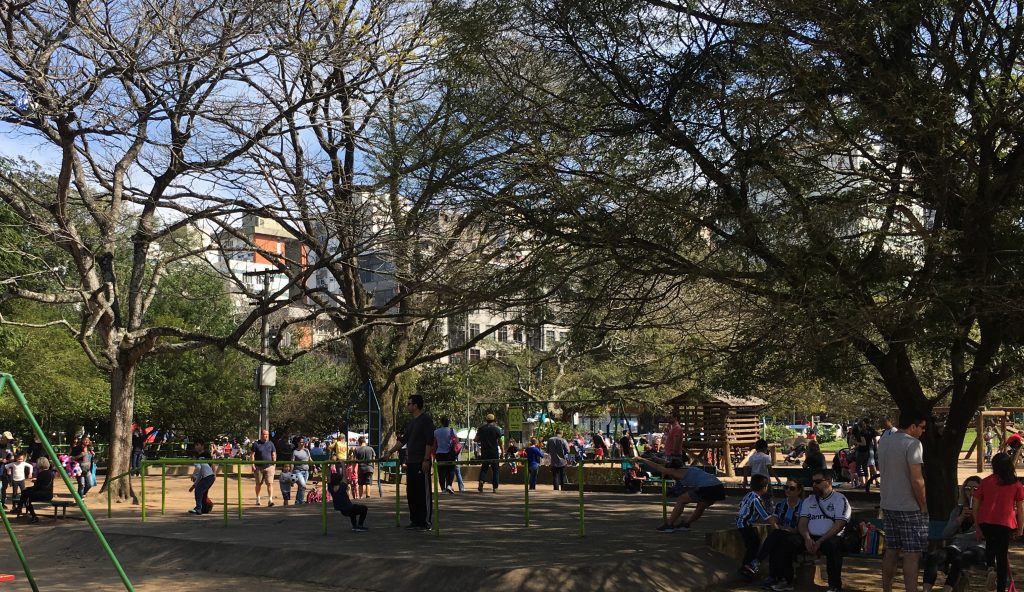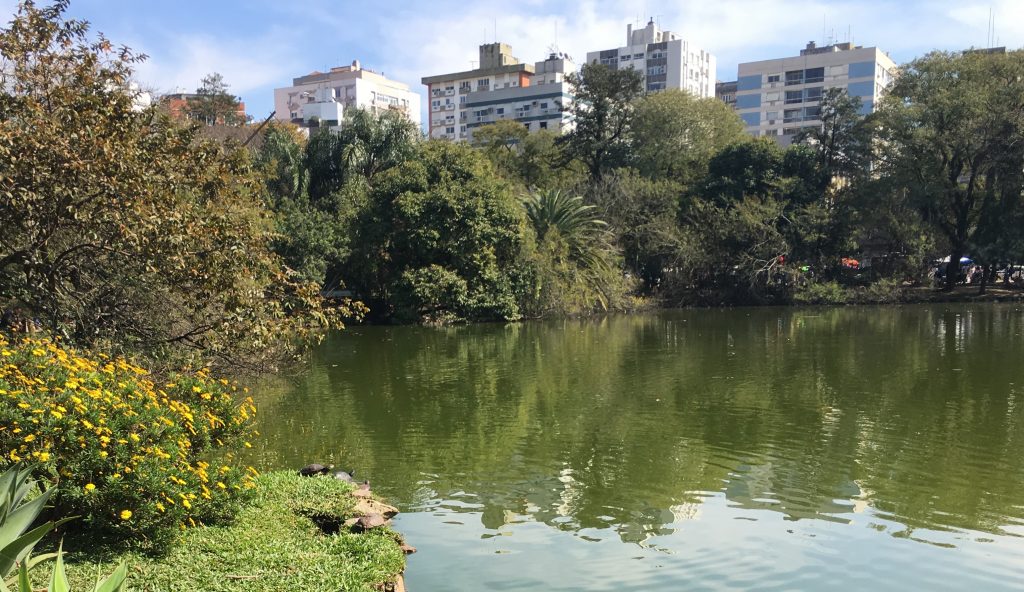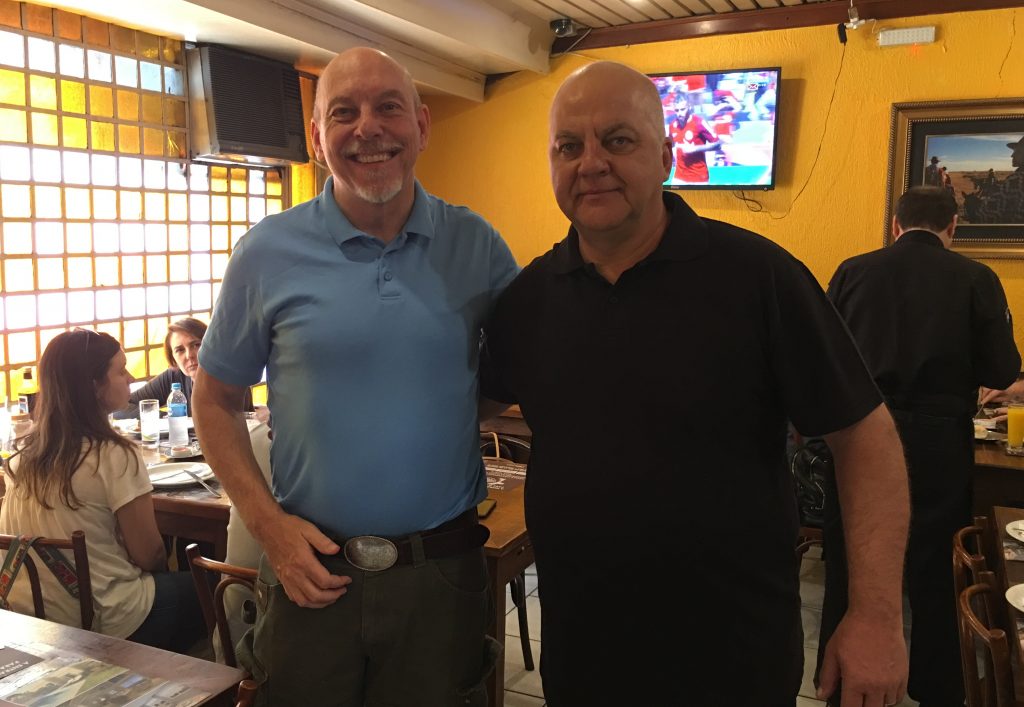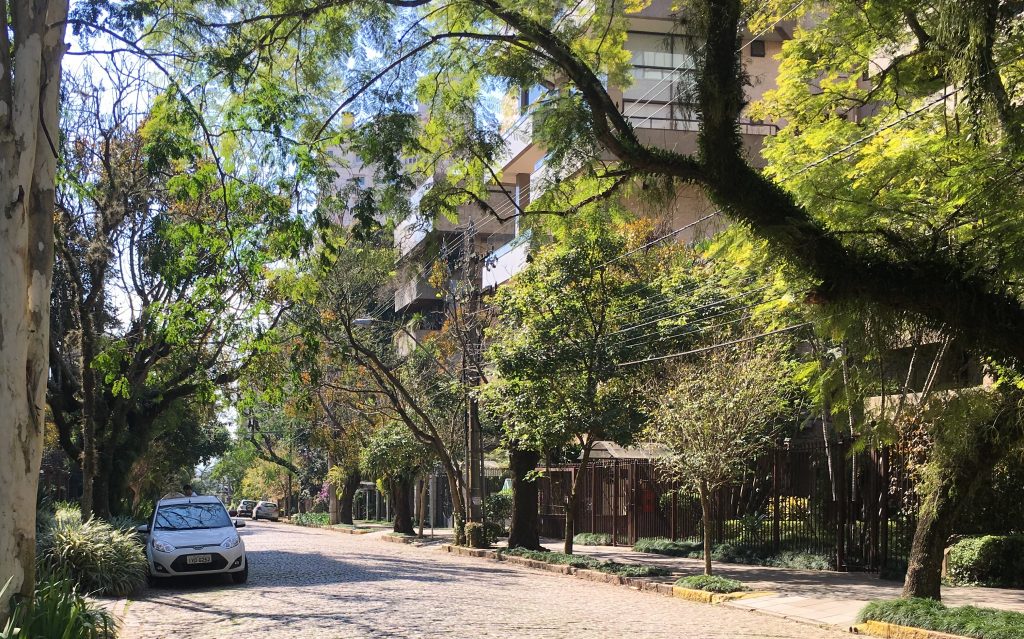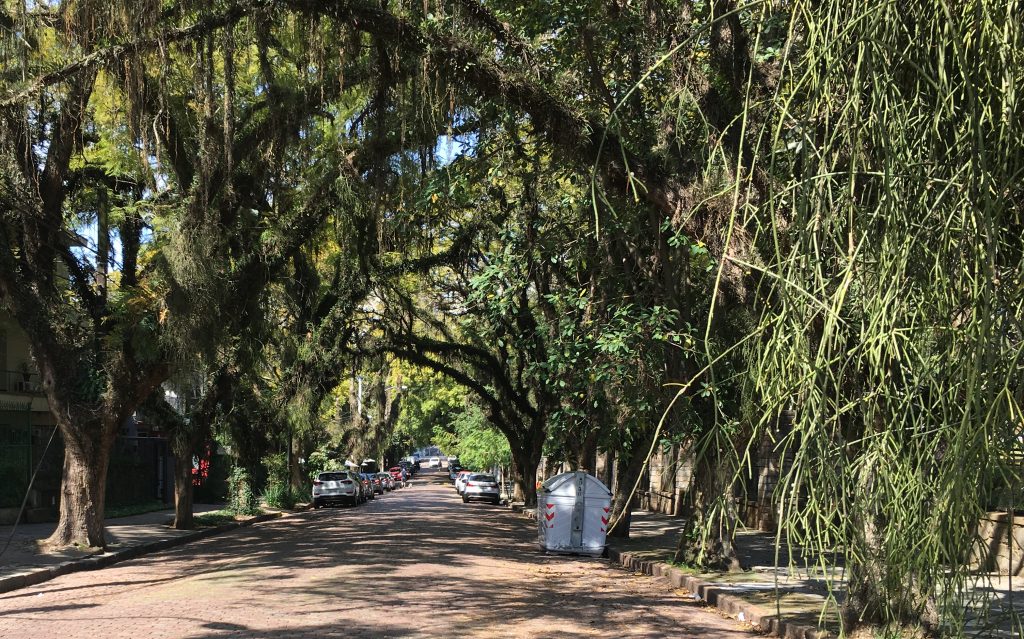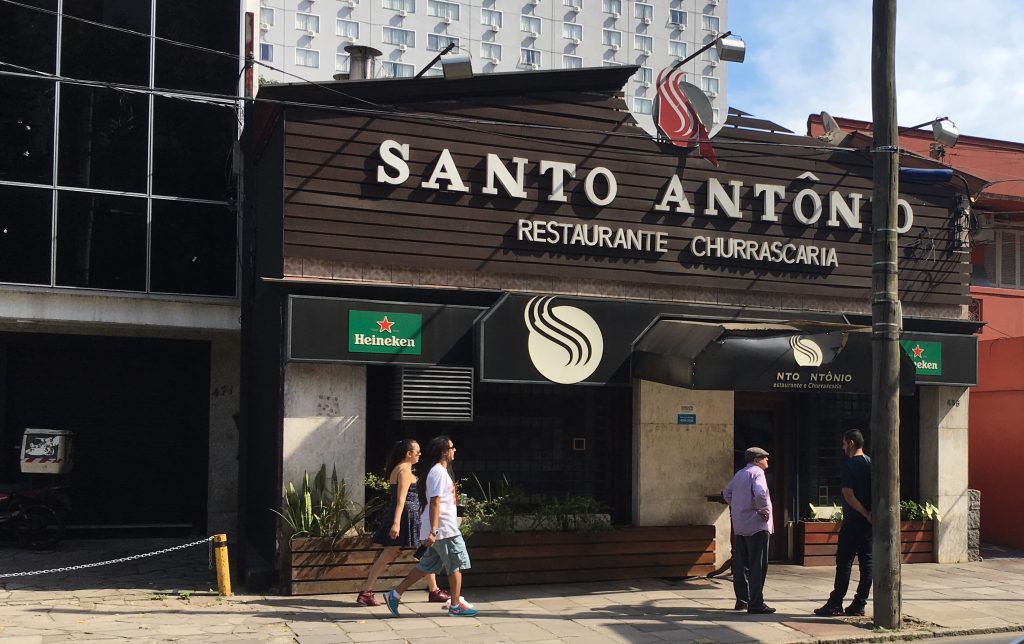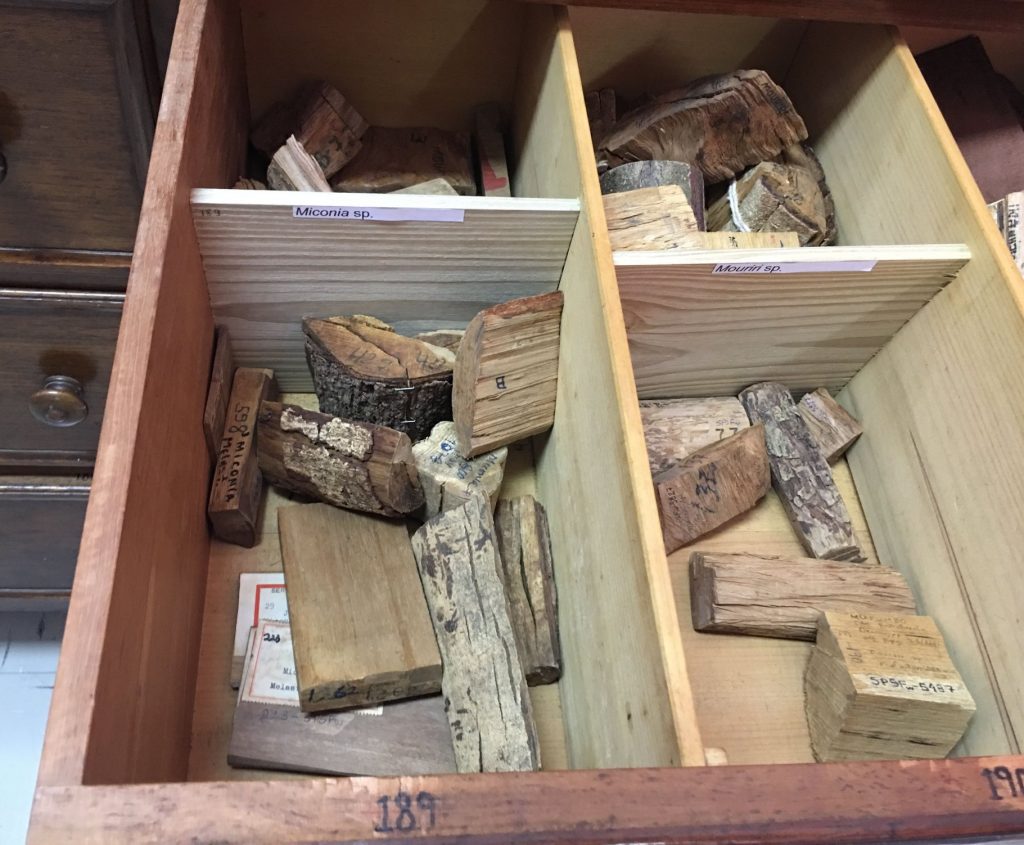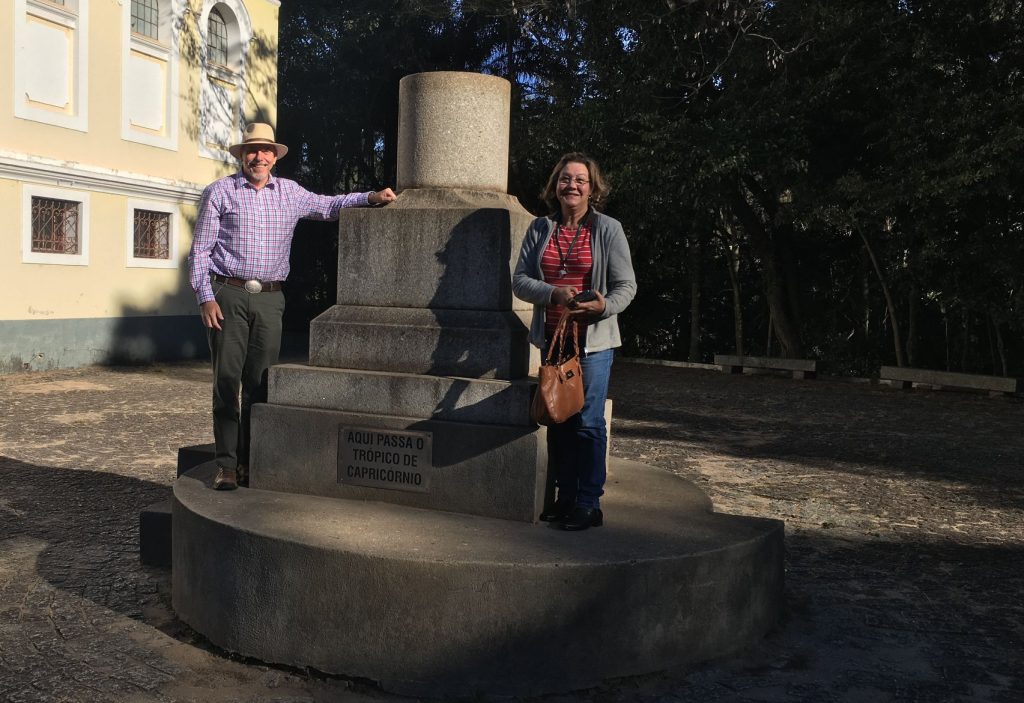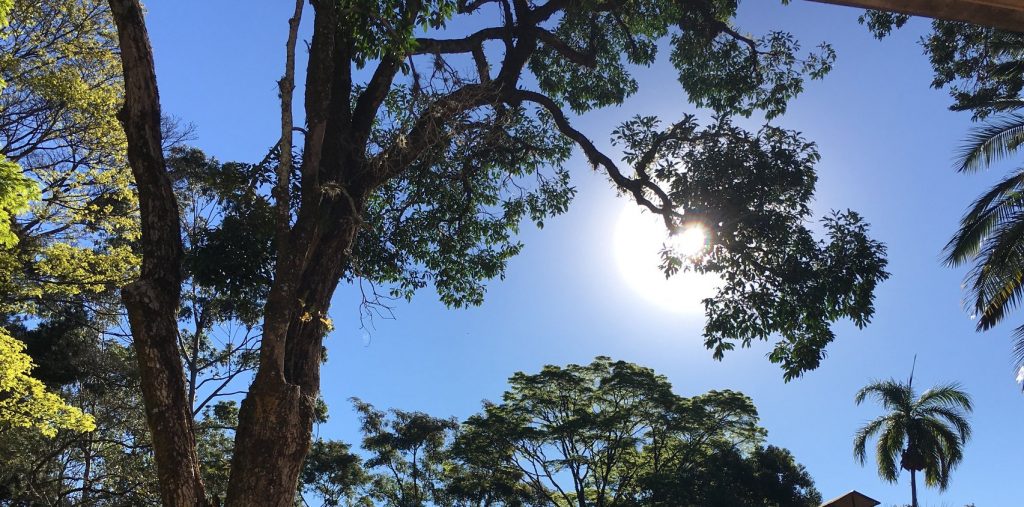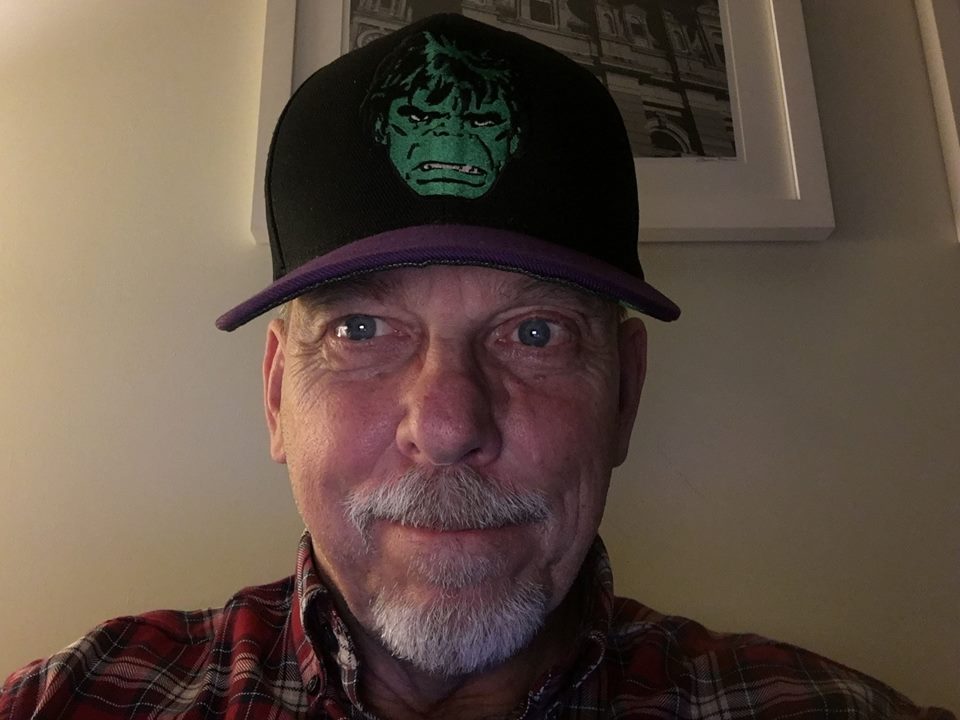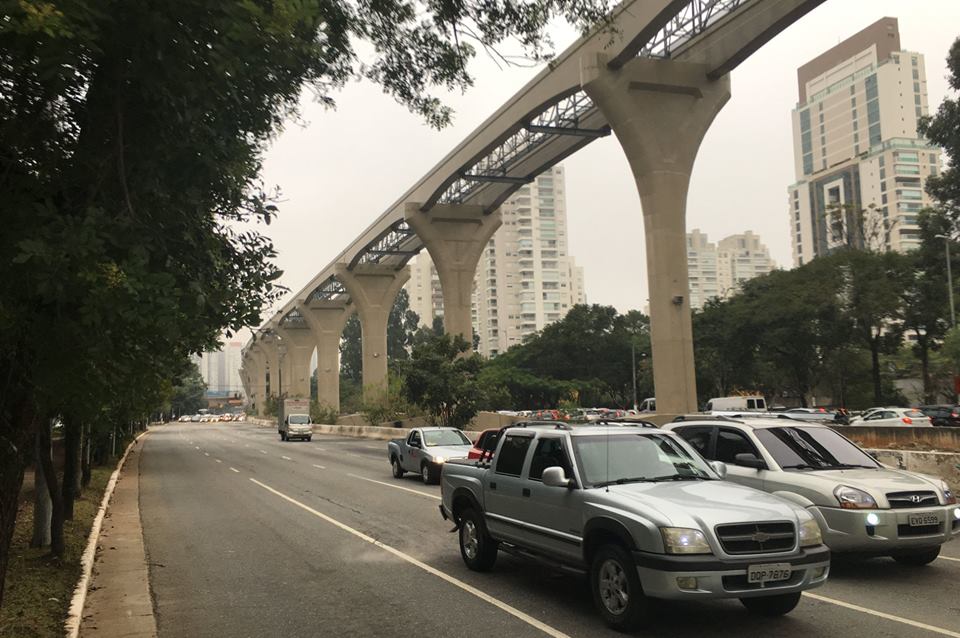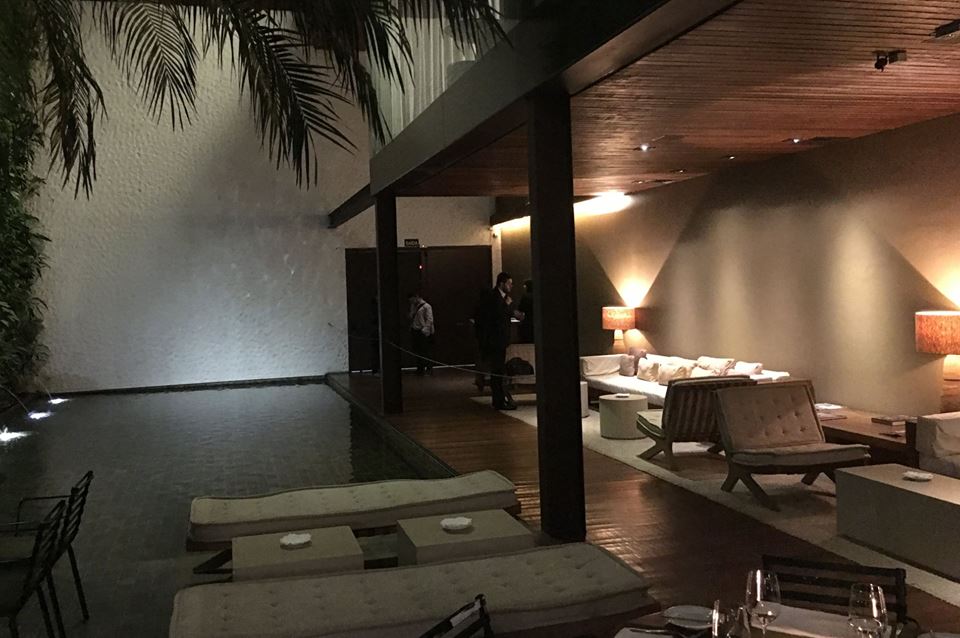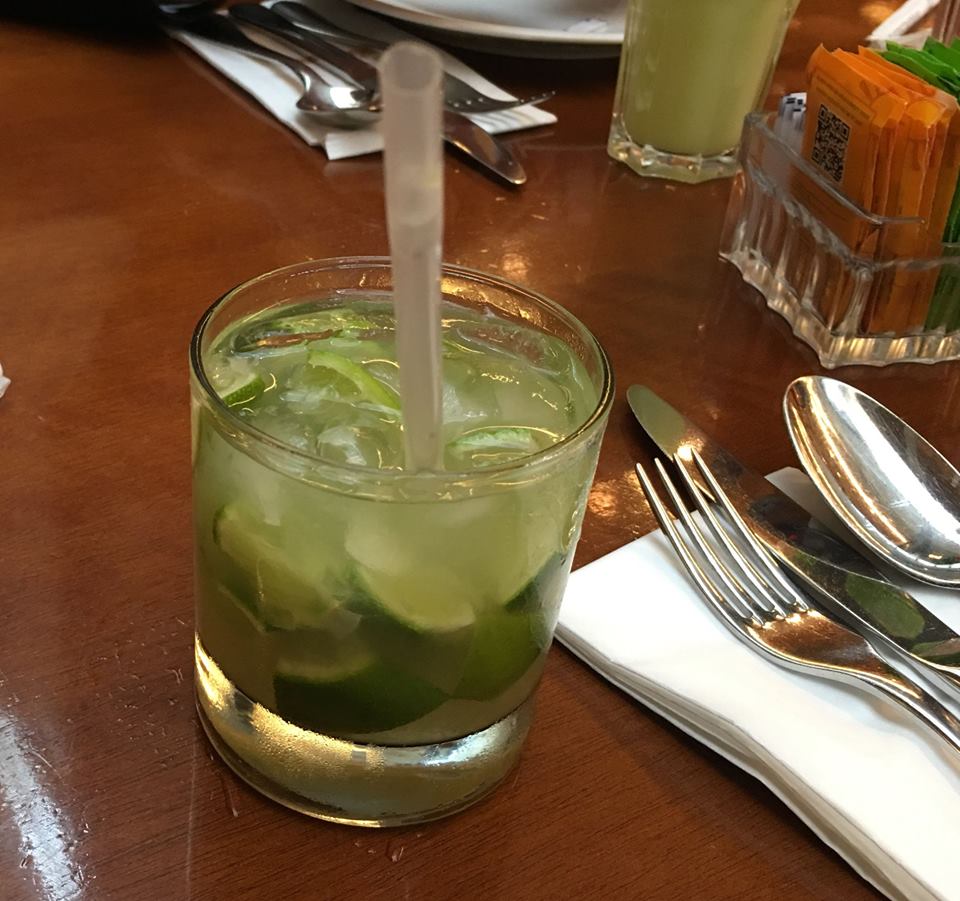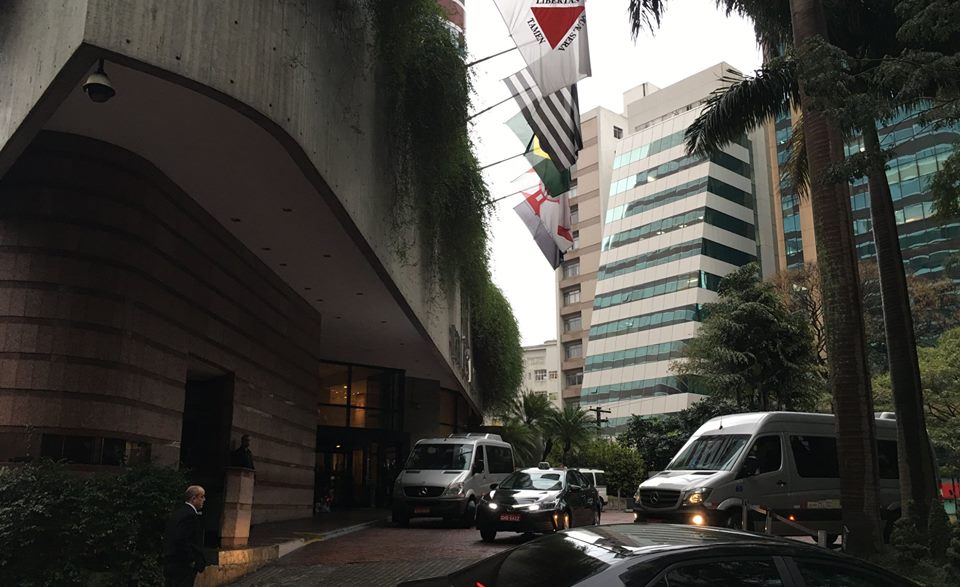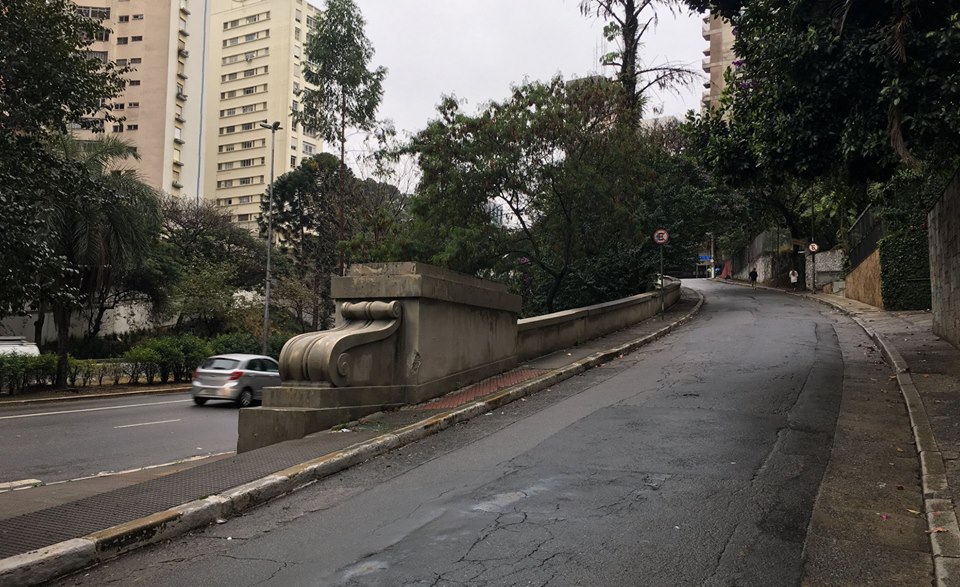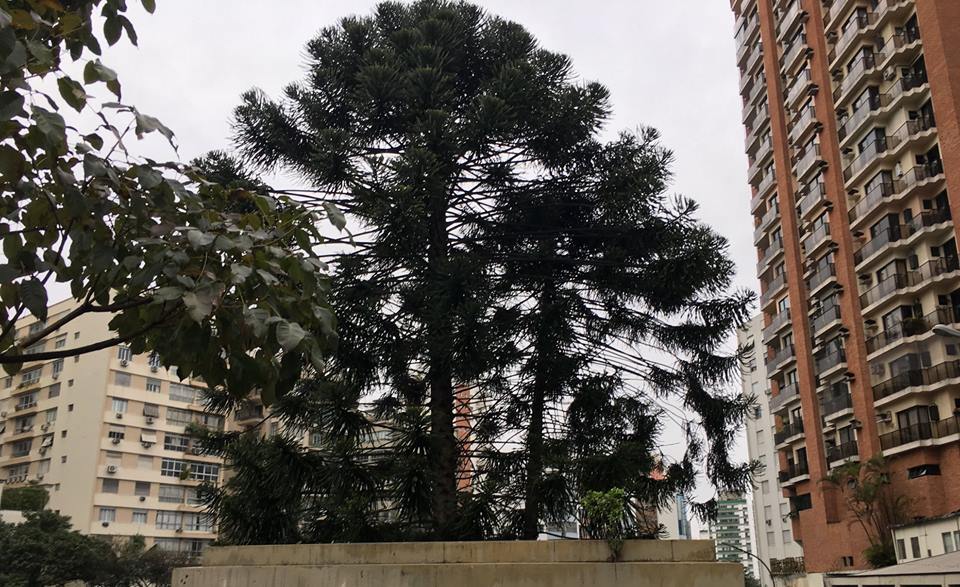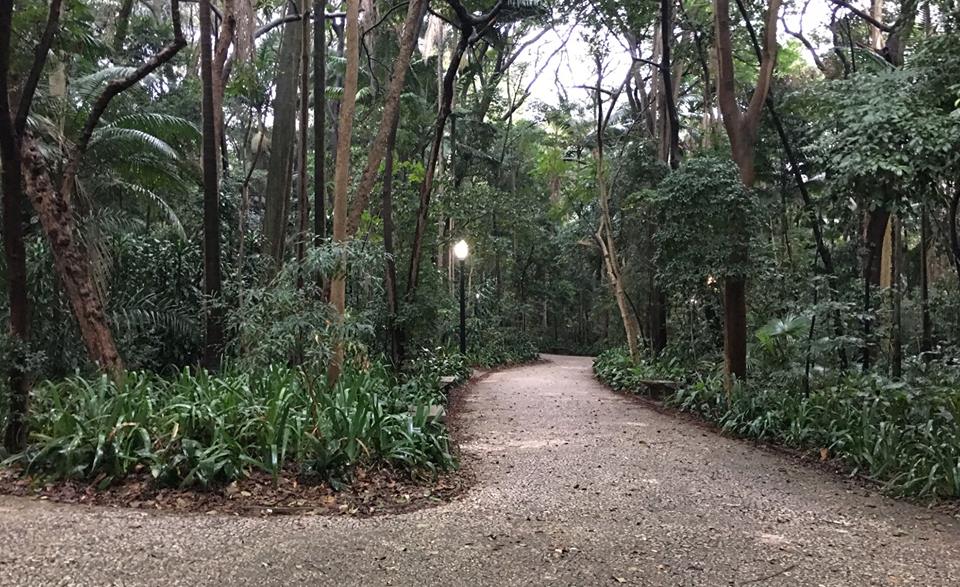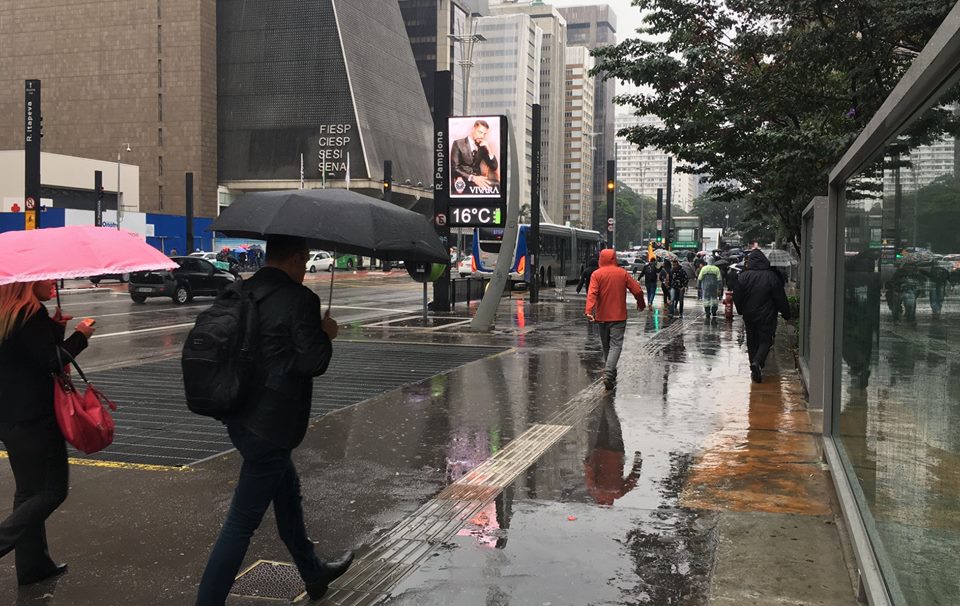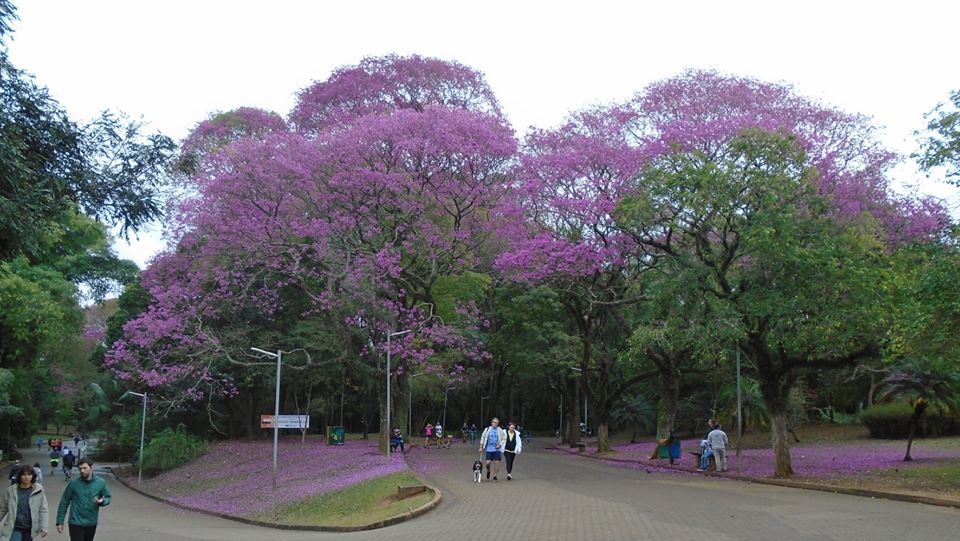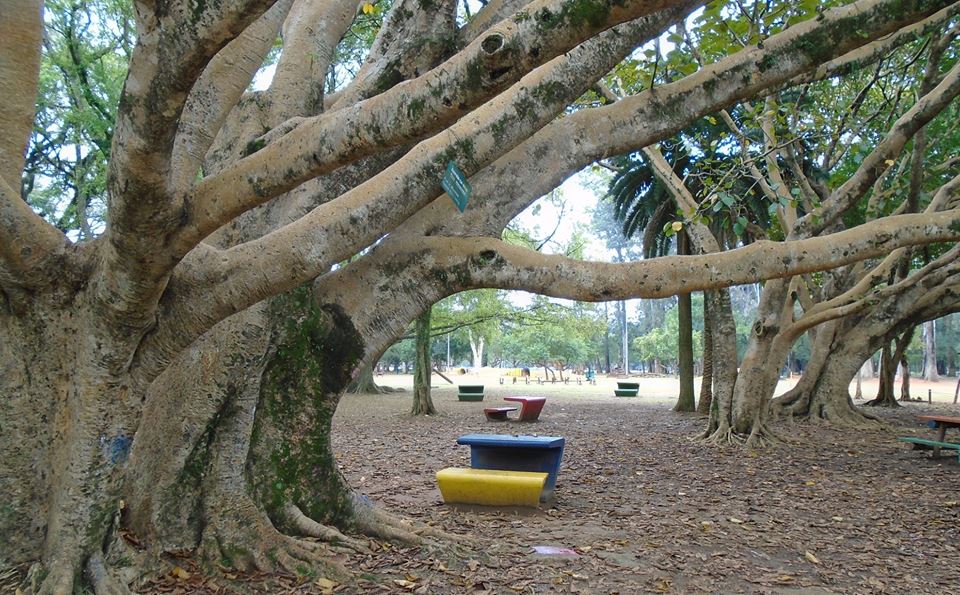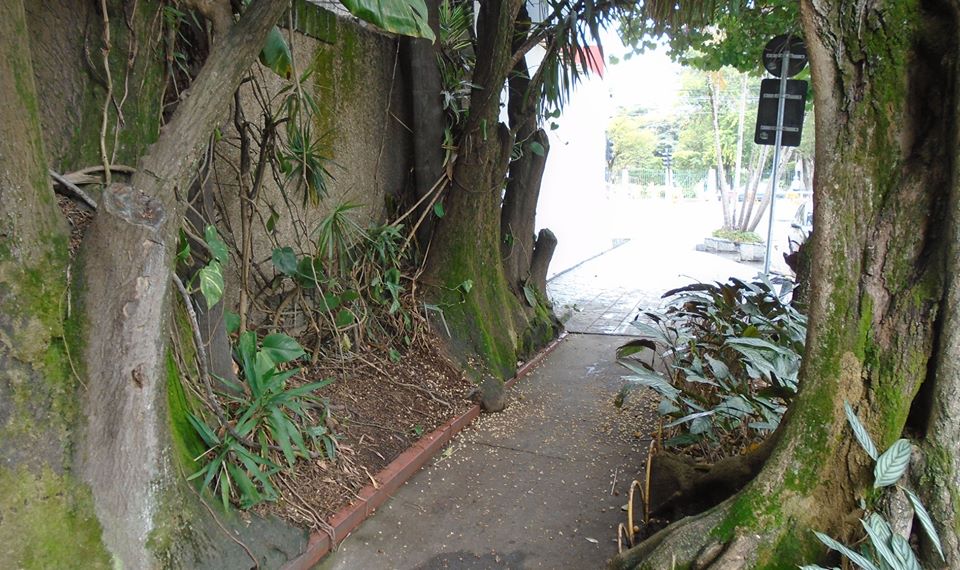Our Youth Ambassador Program has changed many lives. I had the chance to find out more about how this works in a particular case.
A Life Changed
Like most YA in my experience, he credited the program with changing his life. He came from a modest background. His father is a bricklayer, and he – like all YA – is educated in the public schools. He said that since making it into the YA program was “impossible” but happened, he learned that impossible things were possible.
The White House and an Ordinary American House
His YA program was certainly memorable. The group visited the White House on his birthday (how great is that!) and the White House was truly impressive, but he that the more impressive house was the one where he stayed in Charlotte, NC. He stayed with an ordinary family, African Americans, where he learned a lot about Americans life in general and the African American experience specifically. He went to HS with his “host brother,” played street basketball and attended a mega-church with more than 2000 participants.
Everyone in America was very welcoming. This is something he found pleasant and a little surprising. He had expected that Americans might be more formal and distant.
An America We May Not See, but Others Do
He also said something that I have heard from many others and it should be encouraging to Americans. It is not a great surprise that Americans enjoy a generally higher standard of living, even within the similar places in society. For example, he said that his “host brother” worked at Subway and with the money he earned, he could afford a car and enjoy going out. Subway is also present in Brazil, but a guy who works in Subway in Brazil is unlikely to aspire to own a car. Cars and many other such consumer goods are significantly more expensive in Brazil (due to taxes and logistics costs) than they are in the USA, even though wages are lower in Brazil.
More encouraging for me, however, was that he was struck by how Americans have a shared vision for the future and that they work pragmatically to make things better. With all our talk about our divisions and tensions, I think it is useful to see it from an outside perspective. We see the chasm of our differences, where someone not overtaken by passion or even hysteria just sees a little puddle to jump over.
He wanted to bring some of this spirit of cooperation and pragmatic problem-solving back to Brazil.
Helping Brazilians Build a Better Brazil
Brazil has a challenge currently in that many better educated young people want to leave, live and work elsewhere. A risk we always take with exchange programs is that after they see the possibilities outside Brazil, they will be less eager to return (recall the words to the World War II song, “How are you gonna keep them down on the farm, after they’ve seen Paree.”) This is not this Youth Ambassador.
He told me that he doesn’t want to live anywhere besides Brazil, but he wants to live in a better Brazil and hopes that he can help make that a reality.
Almost immediately on his return, he started working with leadership programs in HS, soon reaching more than 800 kids and spreading branches to seven other cities in his state. He co-founded the project Leaders of Tomorrow, which empowers and equips young people to be agents of change in their communities. He wants to make life better in Brazil and is helping create institutional infrastructure to do it. Once you know what you can do, there is much more you can do.
The Ripples Continue
We know that few will be able to by Youth Ambassadors. This year we had 13,500 applications for 50 spots. Add to that the vaster numbers who cannot even apply, since the minimum requirements include levels of English proficiency and community involvement not widely achieved, at you see that we reach few. But I believe. and the YA believe, that the ripple effects are much greater, and we see that clearly in his case. The programs he helped create have already reached hundreds of young people directly and w/o doubt thousand more through secondary networks. This is how positive change starts and how great things get going.
The US Embassy in Brazil created the Youth Ambassador program in 2002, when then Ambassador Donna Hrinak asked PAS for a way for us to interact with the Youth of Brazil. Nobody thought we would reach millions, but I think that we can say that we have. There is the immediate effect that I have seen. When a local YA “winner” is announced, it often becomes a significant media event in the YA’s home community. You cannot buy that kind of attention, but the YA program earns it. Then we have the ripple effect and secondary ones I alluded above. I am not sure how you measure that and I am not sure that you can, but it is real and persistent.
All Youth Ambassador applicants speak English and are good students for Brazilian public schools. They apply through sixty-plus of our partner organizations throughout Brazil, all of Brazil including little towns in places like Acre, Roraima or Rondônia, places where Mission personnel too rarely tread. This partnership is valuable. Partners are BNCs, education departments and schools, all of which are willing to devote many hours of their people’s time to the service of what they consider a worthy cause. They do it for love of learning and the future of their country. In the process we build friendships. The process is the product – well the relationships it creates in the process are the product.
Applicants write essays about American topics – in English, which are judged by boards that include university professors, teachers and BNC officials. They narrow the field to 180 finalists. After that a board in Brasilia made up of our CAO, our lead Brazilian colleagues plus some other people from consulates in Brazil.
During the first Youth Ambassador trip in 2002, Secretary of State Colin Powell took the time to meet with the group. He spent more than a half hour with them, which is a lot of time for a busy guy like him at that time. Subsequently, they have met other Secretaries of State plus people like Laura Bush and Michelle Obama. It is a class act.
So, this is a great program in terms of tangible PR results, as is the principal exchange. We get press and we get noticed. By I return to what I consider more important, the lasting relationships. We have friends all over Brazil who have worked with us on these programs and recall our common success. Long after the newspapers have composted, and the television glamor has faded, these relationships abide.
—
As part of my series about people I talk to about their returning exchange. As usual, the identity is lightly obscured, not because the individual is not happy with the exchange, but just not to publish the names.
